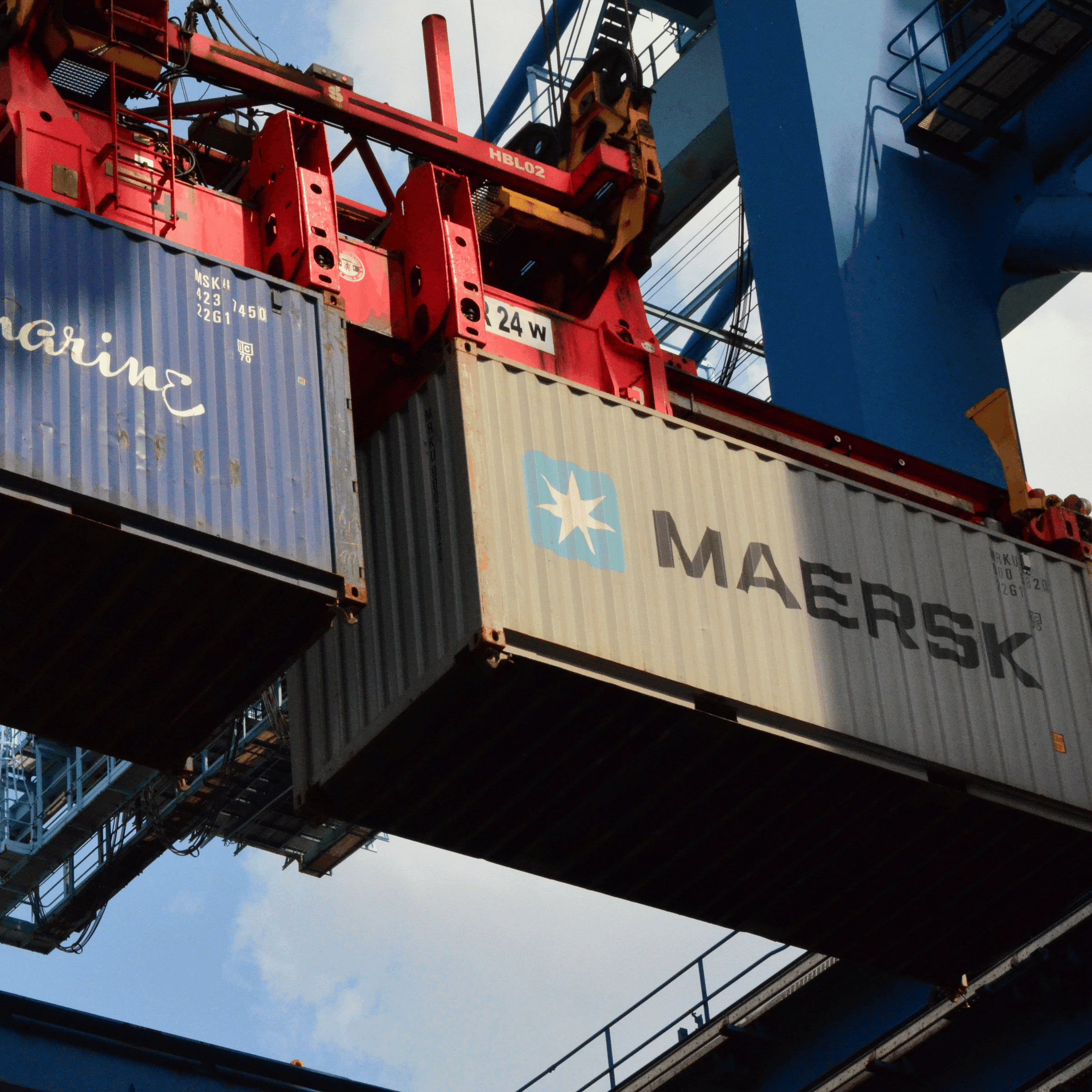Introduction
In today’s global business landscape, efficient and transparent communication is essential. Advanced Shipping Notices (ASN) and the Electronic Data Interchange (EDI) 856 transaction set form an integral part of the supply chain process. This article will delve deep into the understanding of ASNs, their significance in the supply chain, and how EDI 856 facilitates these communications.
What is an Advanced Shipping Notice (ASN)?
An Advanced Shipping Notice (ASN) is a document that provides detailed information about a pending shipment of goods. The details include the shipment’s contents, packaging, order information, and carrier specifics. The primary aim of an ASN is to provide the recipient with information regarding the delivery ahead of its arrival. This enables better planning and processing of incoming shipments.
Why are ASNs Important?
Increased Visibility: ASNs give recipients a heads-up about incoming shipments, allowing for better planning and resource allocation.
Streamlined Warehouse Operations: By knowing what to expect, warehouse operations can be optimized in terms of personnel and space allocation.
Improved Accuracy: Mistakes, discrepancies, or missing goods can be identified and addressed more promptly.
Enhanced Customer Service: By being better prepared for incoming shipments, customers receive their orders in a timely and efficient manner.
The Role of EDI 856 in ASNs
EDI, or Electronic Data Interchange, is the electronic exchange of business documents between organizations. Among the many transaction sets within EDI, the 856 transaction set is specifically designed to communicate information regarding ASNs.
EDI 856: A Closer Look
Often referred to as the Ship Notice/Manifest, EDI 856 provides the receiver with a list of items in a shipment, their quantities, and other transaction-related details. These can include:
Order details: Purchase order number, invoice number, etc.
Packaging details: Type, size, and quantity.
Carrier details: Name, mode of transportation, and estimated arrival time.
Benefits of EDI 856
Automated Processing: With EDI 856, the process of transmitting and receiving ASNs becomes automated, reducing manual data entry and related errors.
Real-time Updates: Organizations can receive real-time updates on their shipments, enhancing supply chain visibility.
Standardization: EDI ensures standardized formats across different businesses, leading to smoother and more coherent communication.
Cost Savings: Reduced paperwork, fewer errors, and faster processing times can lead to significant cost savings.
Eco-Friendly: The digital nature of EDI 856 reduces the need for paper-based documentation, contributing to a greener supply chain.
EDI 856 Implementation Guide
For an organization to implement EDI 856 successfully, it should consider the following steps:
Assessment: Begin by assessing your current business processes and identify areas where EDI 856 can be beneficial.
Choose an EDI Provider: Select a provider that offers the tools and services suitable for your organization’s specific needs.
Integration: Integrate the EDI solution with your existing systems, such as ERP or WMS.
Testing: Before going live, test the EDI 856 system with a few partners to ensure accurate and efficient data exchange.
Training: Train your staff on the new processes and the nuances of EDI 856.
Monitoring: Regularly monitor and update your system to ensure optimal performance and address any challenges that arise.
Conclusion
Advanced Shipping Notices and EDI 856 play a pivotal role in modern-day supply chain operations. By facilitating seamless, automated, and real-time communication between trading partners, these tools enhance visibility, improve efficiency, and drive significant cost savings. Organizations looking to stay competitive and agile in the rapidly evolving business world should seriously consider implementing ASN and EDI 856 solutions into their operations.






